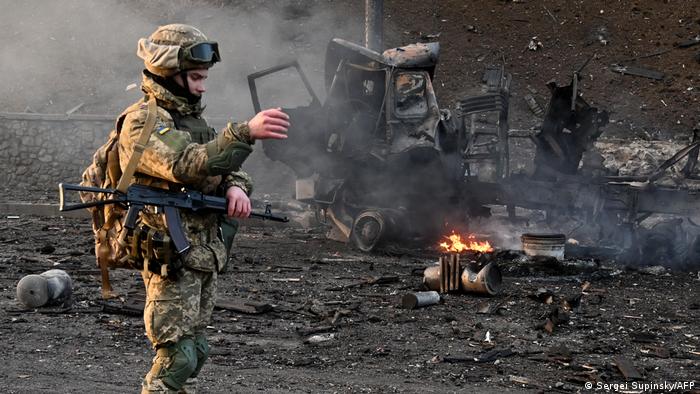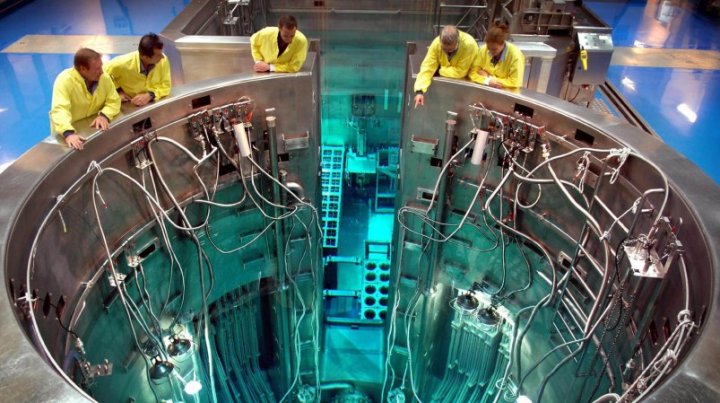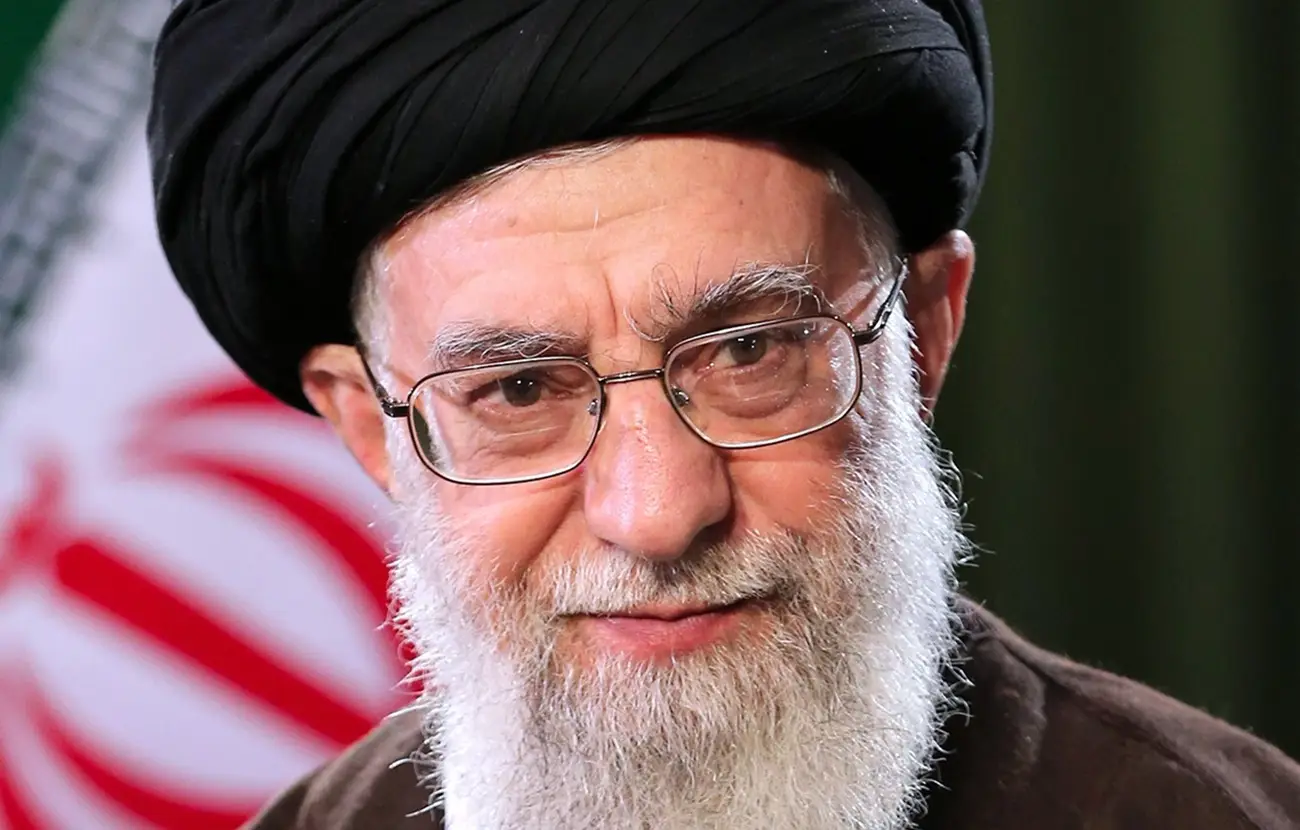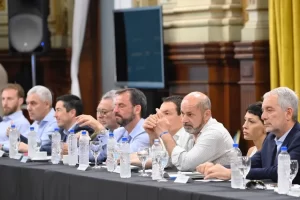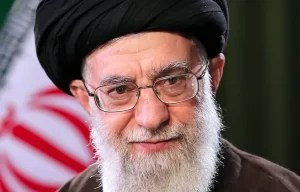CNN)Russian forces are arguably having their best spell since the invasion of Ukraine began four months ago.
They have eliminated most Ukrainian defenses in the Luhansk region, consolidated control of a belt of territory in the south, improved their logistics and command structure and blunted the effectiveness of Ukrainian attack drones.
Within the last week, the Russians have been rewarded for their intense — some would say merciless — bombardments of the remaining parts of the Luhansk region held by Ukrainian forces, which have finally given up Severodonetsk and lost territory south of Lysychansk.
The head of the self-declared Luhansk People’s Republic, Leonid Pasechnik, predicted last Friday that Russian forces would completely encircle Lysychansk within two or three days. So far they haven’t, but the city is in imminent peril.
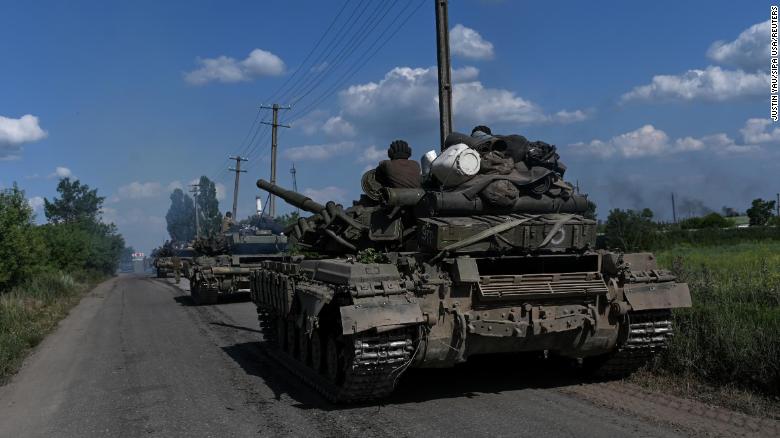
A column of Ukrainian army tanks rolls down a road near Lysychansk on June 19, 2022.
Russian forces have also stepped up attacks in the Donetsk region, getting slightly closer to the belt of industrial towns in the region that runs south from Sloviansk through Kramatorsk to Kostiantynivka.
In Lysychansk and many of the towns studded across the meandering front lines that pass through five regions, the Ukrainians may well face a repeat of what happened in Severodonetsk, where they were bombarded into withdrawing. There was simply nothing left that could be defended.
The immediate dilemma for the Ukrainian military is whether it remains committed to defending Lysychansk, with the risk of losing troops and weapons if the city is encircled — and whether Ukraine’s political leadership will order a withdrawal to new defensive lines.
If so, can the units now in the pocket of territory held by Ukraine retreat without being decimated? Large sections of the highway from Lysychansk to Bakhmut are littered with wreckage, and Russian units are edging closer to Bakhmut itself.
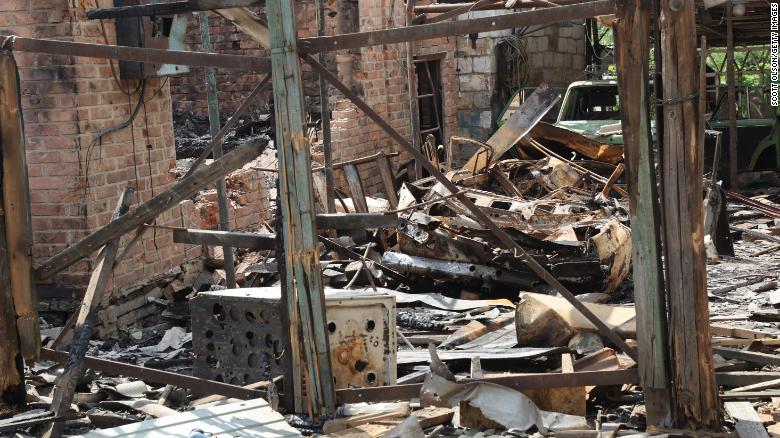
Artillery shells hit the town of Bakhmut on the morning on June 26, 2022, damaging several homes and killing at least one person.
It appears the Russians are not currently making much progress from Izium in the north towards Sloviansk, despite repeated attempts to break through Ukrainian lines. Even so, Ukrainian officials cautioned Sunday that Russian forces were «accumulating» north of Sloviansk. The Russian military can quickly mobilize a handful of battalion tactical groups sitting across the border.
Some Russian military bloggers are not getting carried away with optimism. Yuri Kotyenok, for one, believes that Russian forces do not have enough manpower to encircle the heavily fortified cities of Slovyansk and Kramatorsk.
In the longer run, the Ukrainians’ best hope is that as they deploy more Western weaponry capable of destroying Russian artillery, rocket systems and command posts far behind the front lines, they can gradually reduce the deficit in firepower.
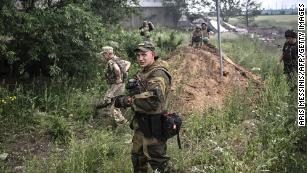
Ukraine may have endured its worst week since the fall of Mariupol
But weapons such as the HIMARS rocket system, which has a range of 70 kilometers (43 miles) in the configuration supplied to Ukraine, require several weeks of training. And in Donbas, several weeks is a long time given the current pressure on Ukrainian forces.
That pressure is all the greater because many of the units deployed to the region are among the most experienced that Ukraine has. They have been worn down by the sheer intensity of Russian bombardment and are not easily replaced.
And the Ukrainian military has already lost in combat some of the weapons rushed to the front. Russia’s Ministry of Defense claimed last week that Russian strikes had already eliminated some of the US-supplied M777 howitzers.
The Russian offensive has also learned from mistakes made during the initial and abortive drive towards Kyiv. Air defenses, principally the S-300, have been deployed to provide extensive rather than local cover, making Ukrainian attack drones less effective. Anecdotally, it seems fewer videos have been posted recently on social media showing Ukrainian combat planes in action.
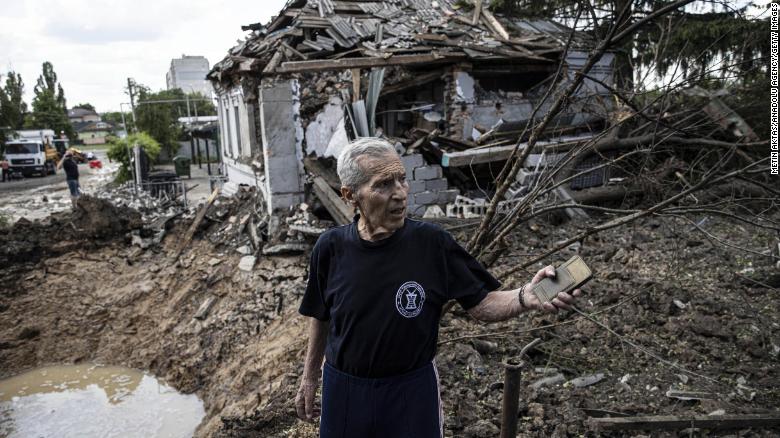
A man inspects a bomb crater after Russian artillery shells hit a district of Kharkiv on June 26, 2022.
Russia appoints new commanders
The Russian hierarchy has also been reorganized, with new commanders for the southern and central forces committed to Ukraine under the overall leadership of Deputy Defense Minister Gennady Zhidko.
The Institute for the Study of War said the «Russian high command is reshuffling and restructuring military command in order to better organize operations in Ukraine.»
It’s perhaps no accident that the first reported visit of Russian Defense Minister Sergei Shoigu and senior commanders to forces involved in the «special military operation» came as the tide seemed to flow in Russia’s favor. Victory has a thousand fathers, but defeat is an orphan.
Rob Lee, an analyst of the Russian military at King’s College London, noted that Zhidko sat next to Shoigu at meetings during his visit. Lee recalled that Russia apparently «had no overall commander in the initial phase (in March), violating the unity of command principle.»
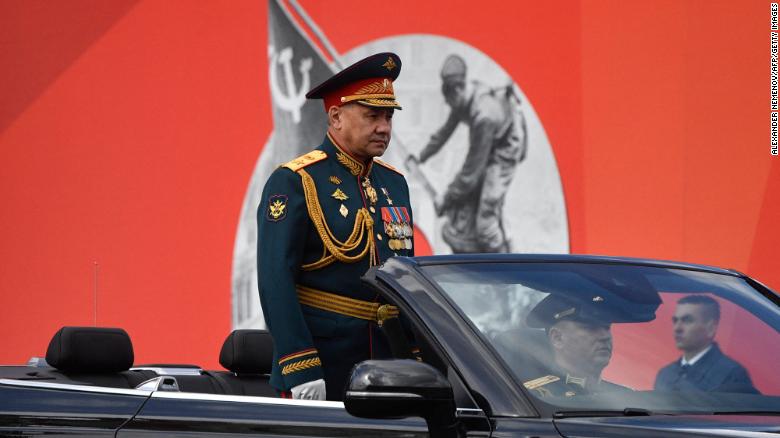
Russian Defence Minister Sergei Shoigu attends the Victory Day military parade in central Moscow on May 9, 2022.
The great unknown is whether Russian success in rolling up Ukrainian defenses in Donetsk might encourage a further expansion of its war aims beyond the special military operation — perhaps an effort to sustain the momentum as far as the Dnipro river, which essentially divides Ukraine into two.
That is the worst-case scenario for the Ukrainians and for now it remains a distant possibility rather than an imminent risk. Ukrainian forces are still defending some 12,000 square kilometers (4,600 square miles) of Donetsk alone (an area the size of Connecticut.)
Despite Ukrainian reverses in recent weeks, there is still plenty of evidence that Russian armor is also suffering a high rate of attrition. Western officials believe some battalion tactical groups have been reconstituted.
And there may be a silver lining for Ukraine in its battlefield reverses: they make the case for an accelerated weapons pipeline from the West just as the G7 leaders meet.
One of President Zelensky’s most committed backers, UK Prime Minister Boris Johnson, is aware of the risk of «Ukraine fatigue» as the battlefield appears to turn in Russia’s favor.
Russian missiles hit Kyiv as G7 summit begins in Europe
«The first few weeks and months of the Ukrainian resistance have been characterized by overwhelming global unity and a huge surge of support for the Ukrainian people,» he said as the G7 got underway in Germany.
«It is essential that this is sustained for the long term. Russia’s behavior and the atrocities Putin is committing must not become normalized in the eyes of the world.»
US President Joe Biden issued a similar appeal. «We have to stay together. Putin has been counting on from the beginning that somehow NATO and the G7 would splinter, but we haven’t and we’re not going to,» he said.
There is — for now — no sign that either side is going to blink, not least because so much is at stake.
Hal Brands, writing in Foreign Affairs, said the conflict «has both highlighted and deepened the fundamental global cleavage today — the clash between advanced democracies that are committed to the existing international order and the Eurasian autocracies trying to overturn it.»
But for Putin, this war of choice is an installment (a big one) of an existential struggle against US hegemony.
The Institute for the Study of War concluded that the Kremlin «intends to conduct a protracted conflict in Ukraine and is seeking to advance mobilization efforts to support long-term military and political goals in occupied areas of Ukraine.»
